The aesthetics and practicality of the tile make it the standard for qualifying horizontal tiles, and there are options for buyers to choose and want to enjoy these features, 400* in a variety of available sizes. Both aspects are shown for a 500 tile wall. Many users have reported that they enjoy using these tiles.
There are not many materials like tiles that encourage creativity. Tile comes in a variety of shapes, sizes, colors and materials and is an excellent choice for building long-lasting surfaces and finishes in indoor and outdoor areas.
Tile is one of the earliest types of Art Deco, dating back to ancient civilizations such as Egypt and Mesopotamia, who used glazed tiles to design houses. Egyptians used blue-tiled tiles to decorate their houses. Because they require little maintenance, tiles are a great option for places that tend to get dirty or damp and have a lot of foot movement.
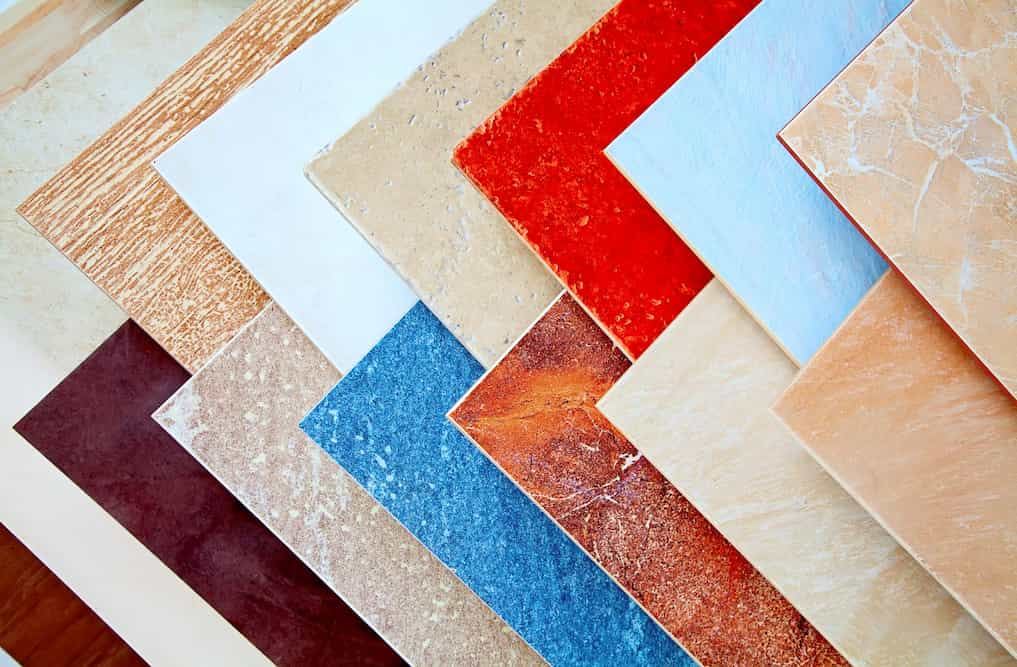
Due to the recent expansion of the industry, tiles can now be found in a variety of materials, uses, patterns and designs. Unlike floor tiles, which are designed to carry loads, wall tiles are generally not intended to do so.
This is the main difference between the two. Various glazes are used in the production of wall tiles, and the glazes used in the production of wall tiles are not designed to resist wear and tear from foot movement.
They are generally lighter in weight and thinner than floor tiles. A guide to the introduction of wall tiles for architects developed by our company. This guide will focus on the basics of selecting and specifying wall tiles.
This book is the starting point for understanding how to use tile in modern design, including everything from materials and dimensions to grading and maintenance.
First, the fact that tiling can be done with many different materials must be fully understood. On the other hand, there are some consistent types. Tile is a wear-resistant material made using various forms of ceramic, stone, metal, glass or clay as flooring materials. They can also be made from lightweight materials such as perlite or wood, although this option is rare. The following tile materials are available worldwide.
The most common forms of wall tiles are ceramic tiles and porcelain tiles, which differ primarily by their water absorption. Tile has a lower water absorption rate than other types of tiles and is generally recommended for areas with high humidity such as bathrooms.
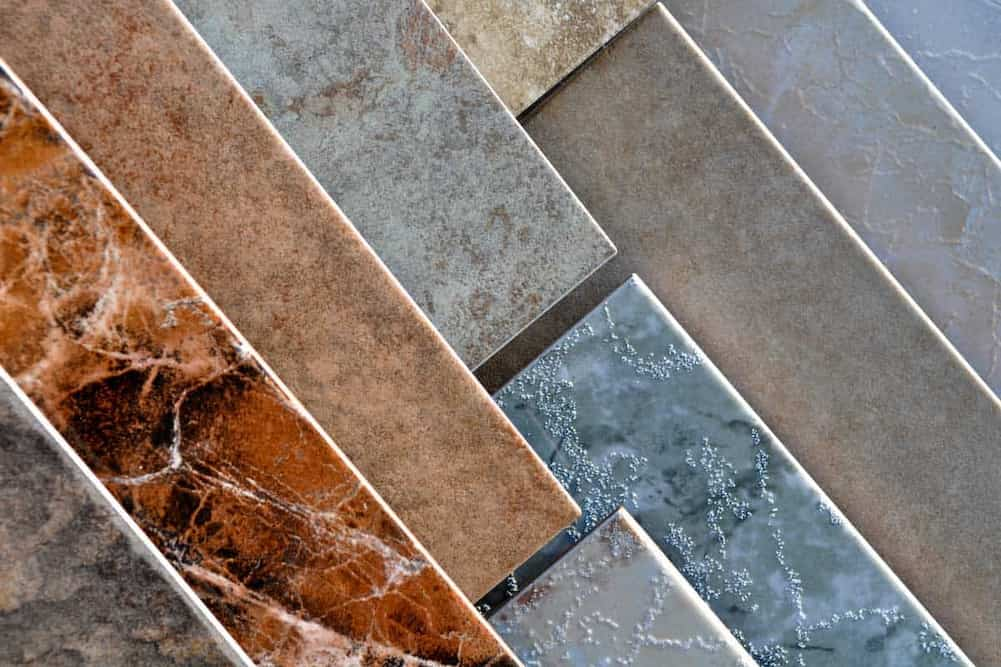
The clay used to make tiles is finer, denser, and less impermeable than ceramic tiles. Since they are fired at higher temperatures, they are more durable, tougher and more resistant to damage than non-porcelain tiles. Tile is usually made by heating red or white clay in a kiln, then covering them with a glaze that is both durable and has the color and design of the tile.
Tiles are not recommended for outdoor use, but they are suitable for installation in locations with low to moderate foot movement. Also, ceramic tile is easier to cut than porcelain tile because ceramic is not as hard as porcelain.
Subway tiles have an aspect ratio of approximately 2:1 and are the most popular type of glazed wall tiles. Glazed tiles are mainly used for wall applications. Glazed tiles are usually made of ceramic or porcelain.
Common practice is to fire them at high temperatures to produce dense, durable tiles that are not affected by moisture. Glazing is a method that creates a glass-like surface and allows the use of bright colors. When using glazed tiles, it is important to note that the PEI wear rating will indicate whether the tile is suitable for use on the wall.
Tiles are pieces of glass that form a coherent form and can come in a variety of colors. They can be purchased as individual tiles or as part of a mosaic collection with mesh backing. Backsplashes in kitchens and bathrooms can be designed for a patterned or simple look using glass wall tiles.
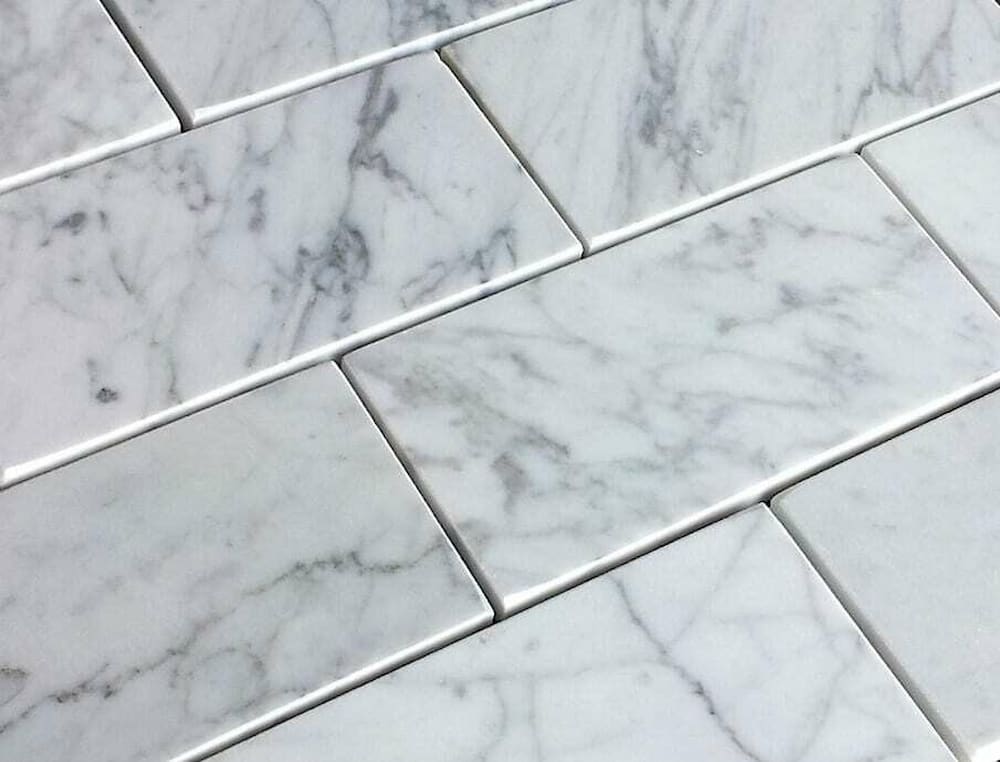
Compared to other types of tiles, glass wall tiles offer higher stability, durability and moisture resistance. Because they have much less surface area than tiles, they are also one of the easiest tiles to clean.
This suggests that they do not overabsorb various pollutants. They can also be mixed with a variety of. Dutch tile, granite, wood, plastic and many other finishes, including marble.
Mosaic tiles are traditionally used in decorative designs, created by arranging small pieces of different materials into a certain pattern or picture. A mosaic is a mosaic design pattern created using tiles no larger than 2 x 2 inches.
Each individual mosaic pattern is very different from the next, with a wide variety of tile sizes, colors and materials. They come in a variety of forms and patterns, including square, round, arabesque, chevron, and chevron. Mosaic tiles are commonly used in applications such as backsplashes and walls.
While mosaic tiles can be used for floors, this application is uncommon because the tile’s multiple grout lines make it more difficult to clean.
Hard and impervious quarry bricks are paving bricks made from ground minerals, which are then shaped and heated to be used to make bricks.
This unglazed tile has excellent slip resistance and can be used for indoor or outdoor floors. They are generally harder than clay due to the minerals used and the high temperatures at which they are fired.
Unlike terracotta tiles, quarry tiles are impermeable and highly water resistant, and unlike ceramic tiles and ceramic tiles, quarry tiles have no surface glaze. One disadvantage of quarry tiles is that they are generally more difficult to clean.
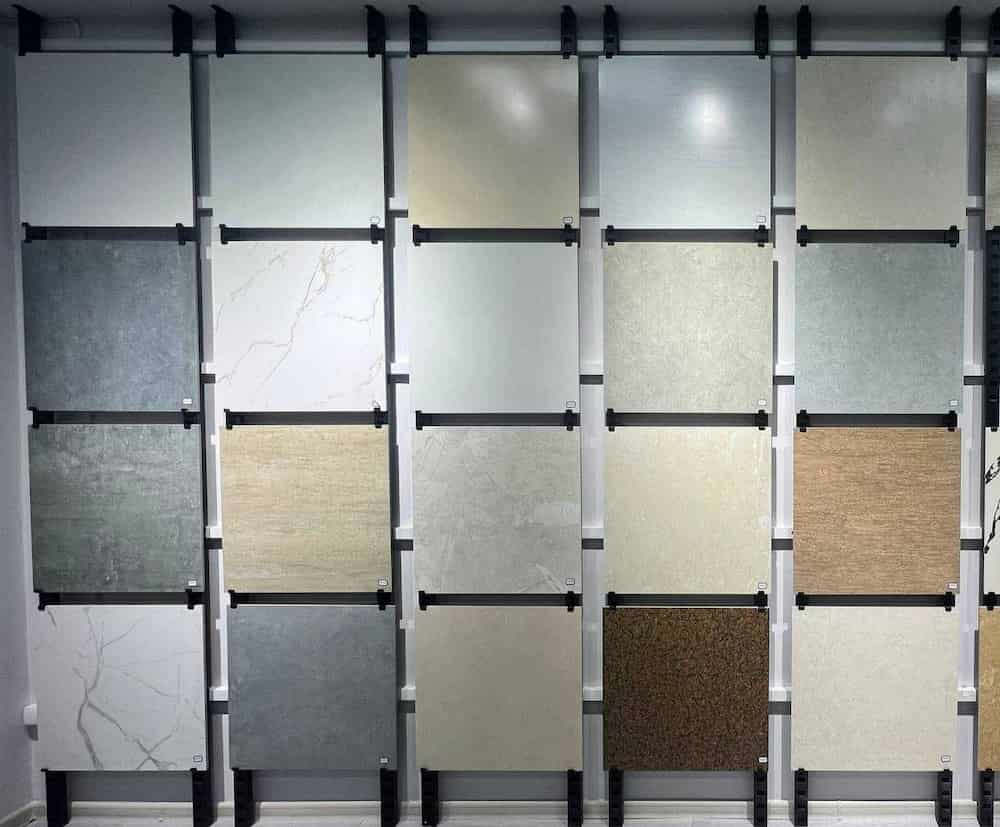
wall tiles aesthetic and practical aspects
What differentiates tile from other types of finishes in construction is that the practical and aesthetic aspects of tile are manageable. This is a decisive issue, especially when it comes to wall tiles. You can compare its practicality and aesthetics to see the importance of tiles in construction.
Tiles made of natural stone have a long history of use. The ability of tiles to withstand wear and tear while maintaining their aesthetics helps them continue to be popular in modern times.
Granite, marble, slate and travertine are typical raw materials for producing stone wall tiles. These work well in areas where moisture is not a concern. Tile edges made of natural stone will always be fixed. Generally, stone bricks are porous and sometimes heavy.
Remember that it is very important to seal everything before installation is complete. Tiles made from natural stone can be found in a variety of commercial and residential properties and applications. These tiles are most commonly used to build kitchens, bathrooms and hallways.
Tile size is one of the most important considerations when deciding which type of tile to use in a design. While the possibilities are endless, most practices follow a standard set of general dimensions that are easy to describe.
The tile size you choose can have as much impact on the overall look of your project as the design and finish can. Wall tile squares range in size from 3″ x 3″ x 6″ x 6″ and are thinner than floor tiles.
For things like mosaic tiles, they measure no more than 2 inches square and can be laid individually. Larger tiles will result in fewer grout lines in the room, creating a more streamlined look and making a narrow room feel larger. Keep in mind that installing larger tiles usually requires more glue. Below is a list of some typical sizes and the applications that use them.
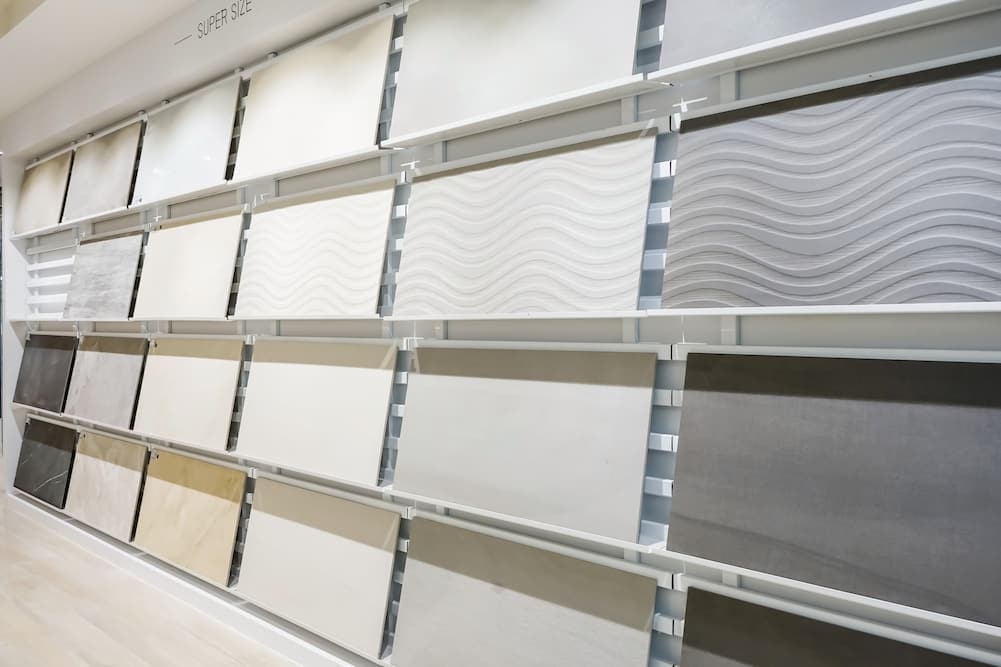
The most popular application for mosaic tiles seen in homes is as wall tiles, especially as a kitchen or bathroom backsplash. Ceramics, porcelain and glass are the most commonly used materials for mosaics, followed by stone and metal. Mosaic tiles are created by cutting individual tesserae into one inch by one inch squares.
A mosaic tile about a square foot and a foot long, usually consisting of twelve rows and twelve columns of tiles. Mosaic tiles can be purchased in loose or mesh form, and each tile in the mosaic is 2 inches square. A utility knife can be used to quickly and efficiently cut the mesh backing of the tiles, gluing them together.
The shape of this tile prevents it from being classified as an actual subway tile, and its overall appearance is reminiscent of mosaic tiles. So we can call it a mixture.
A tile of this type is twice as wide as it is tall, and an example of an aspect ratio is called 1:2. The grid is used to support the bonding of the mixture. The most popular applications for this material are wall siding and backsplashes in areas such as kitchens and bathrooms.
Subway tiles are one of the most common varieties of tiles and are manufactured with a 1:2 aspect ratio. (height to width).
Real subway tiles have a minimum height of 3 inches and a minimum width of 6 inches. At least. They can be found on walls around showers and bathtubs, as well as on backsplashes in kitchens and bathrooms. Although glass and metal are sometimes used, ceramics and porcelain are the most commonly used materials for the production of subway tiles.
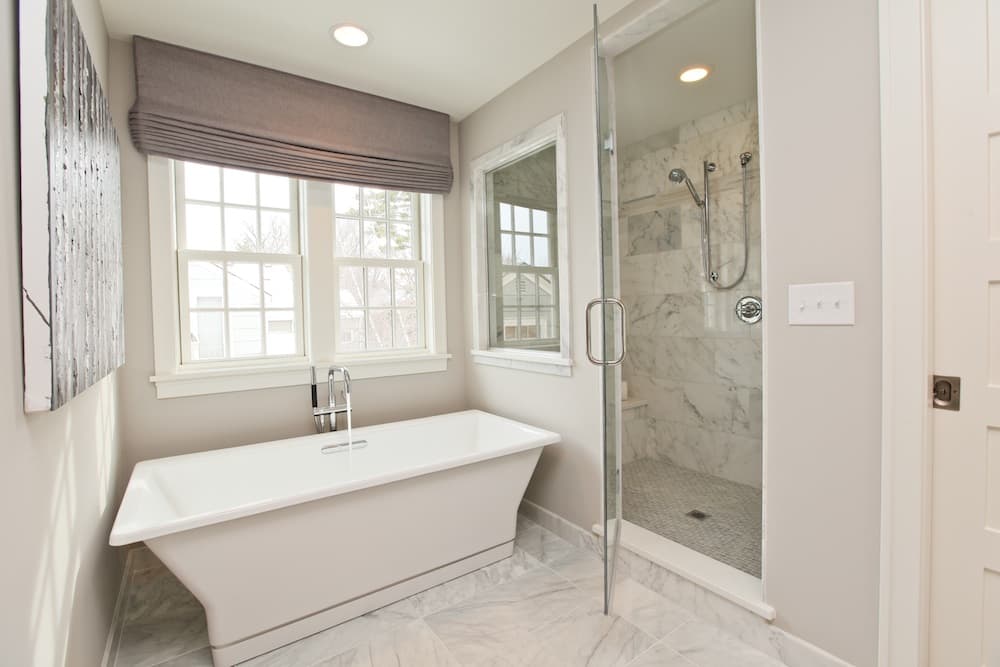
Typical applications for 4″ square tiles are kitchens and bathrooms, but they can also be used for floors and countertops. Tiles with a four-inch square format are usually made of ceramic, porcelain, glass, stone, or metal. Also, these tiles are suitable for showers and backsplashes.
Typical plank tiles are 4 inches wide and 24 inches long or longer. They can be made 12 inches wide if the customer wishes. Planks are made into long, narrow tiles, often used for floors. Plank tiles are increasingly popular in modern homes for designing siding, backsplashes and decorative walls.
The percentage of water a tile can absorb is directly related to its porosity, which is the ratio of solids to voids in a tile. The density of the tile determines the amount of water it can absorb.
Four different types of porosity can be found in tiles: impermeable (least absorbing), vitreous, semi-vitreous and non-vitreous (most absorbing). A good understanding of tile porosity is essential as many different environments may require a moisture barrier coating. Therefore, you should not install porous tiles in areas where the temperature fluctuates between freezing and thawing. it will happen.
Unfinished tile material, called bisque, can be fired once or twice. The firing process has an effect on the final hardness of the tile..
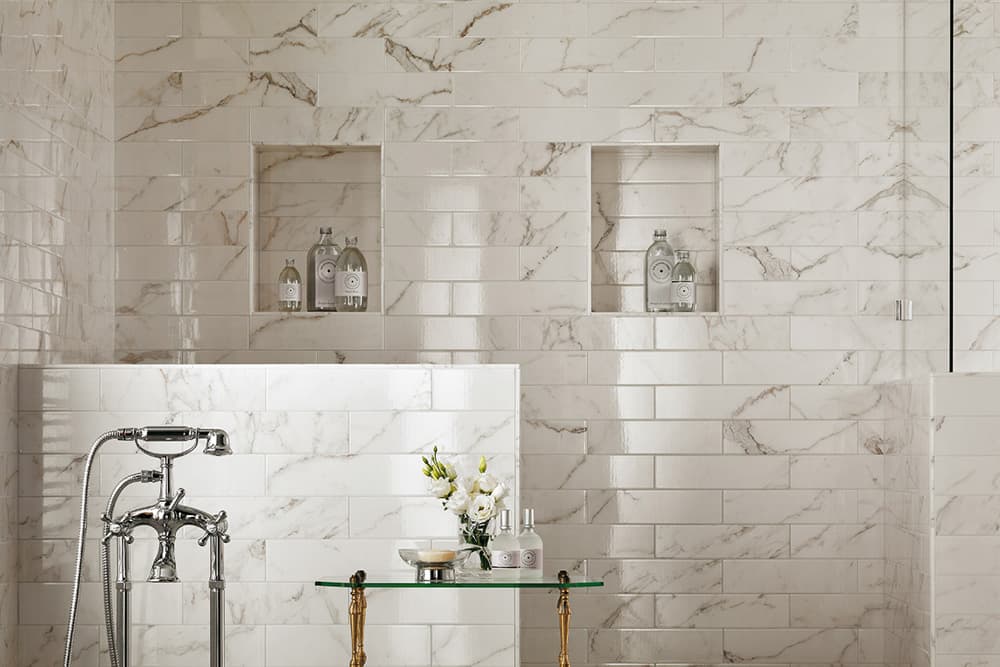
Generally speaking, the higher the firing temperature and the longer the usage time, the higher the durability of the tile. The glaze is poured into unfiltered single-fired tile material, and the tile is then placed in a kiln for single-firing. Double fired tiles add thickness. After adding any color or decoration, the tile goes through a second baking process.
You can find the right tile for a location by looking at the hardness rating of the tile. For example, bathrooms need a material that resists moisture and won’t cause slippage, while entryways need a tile that is strong, wear-resistant and impervious to water.
Because some varieties of tiles are more durable than others, tiles are ranked based on the results of several standardized tests. These tests use the Mohs scale to determine the relative hardness of tiles, as well as their abrasion resistance and moisture content. Absorption percentage. While some tiles are designed for indoor or outdoor use, others are versatile and can be used in any setting.
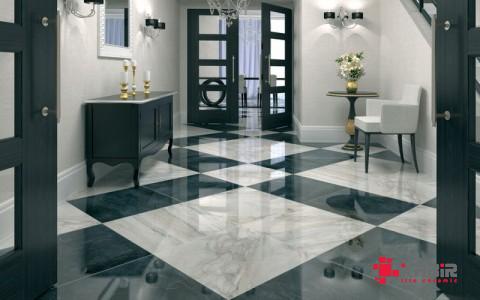
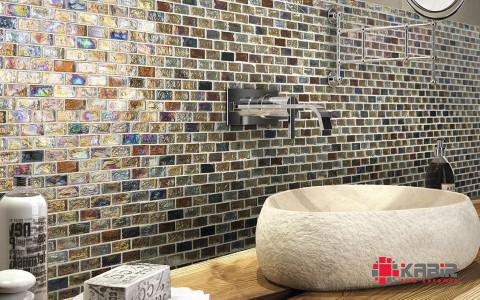
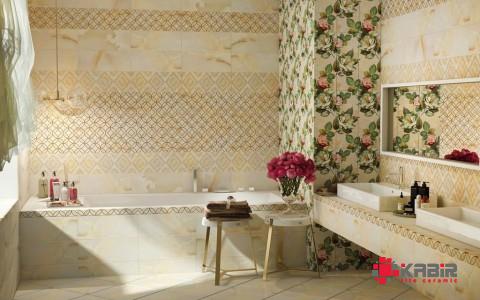
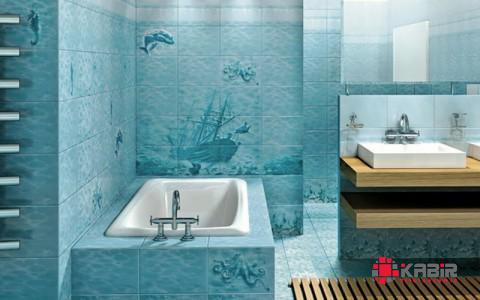
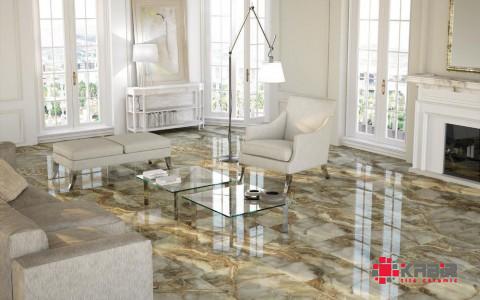
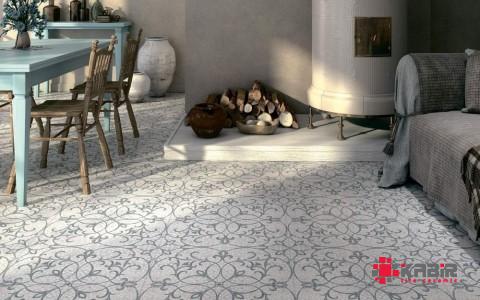
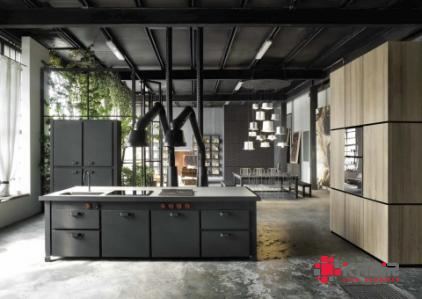
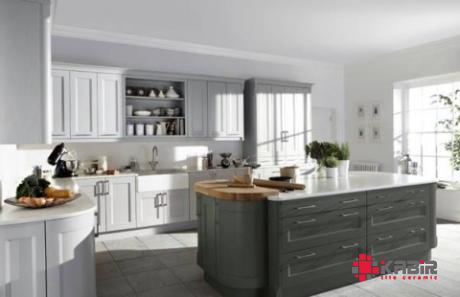
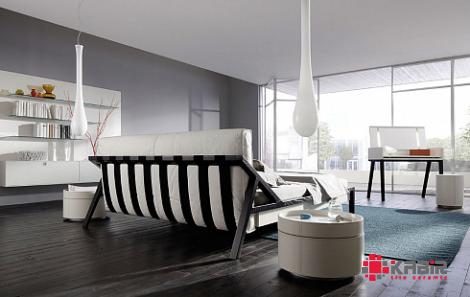
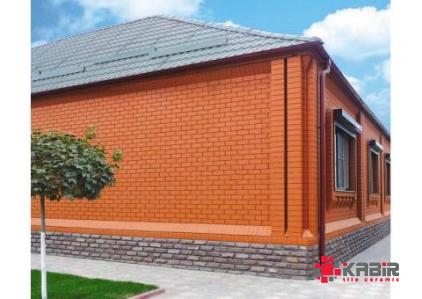
Your comment submitted.